Pam, Wex and Rachel: Planning Picnics for Complete Strangers
Imagine sitting cross-legged at a picnic beside a tranquil lake. The setting sun casts a warm hue of orange and pink in the sky. In front of you is a smorgasbord of home-cooked food: freshly baked bread with home-churned butter, garden salad that literally came from a garden, and melt-in-your-mouth beef braised in red wine. Deep conversations and laughter flow easily, and as the sky darkens, flickering candles illuminate the faces and smiles around you.
Oh, and you’re in the company of complete strangers.
Welcome to a typical Hygge picnic.

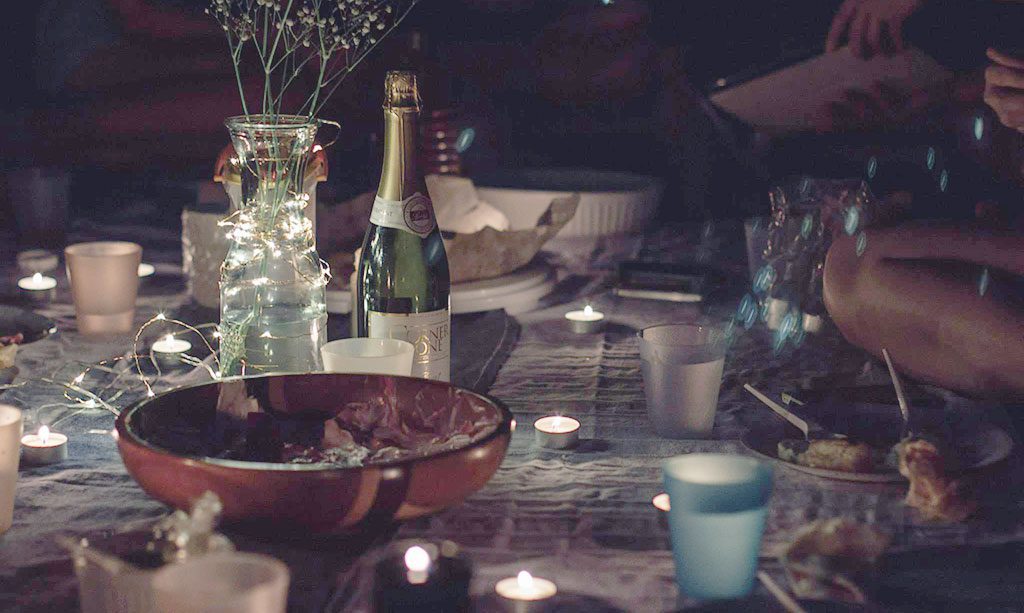
What the Hygge?
Hygge (pronounced as hue-ga) is a Danish word that roughly means cosiness. But it is also a concept that includes anything evoking a sense of comfort and familiarity—from spending quality time with friends and family, to snuggling up in bed with a mug of hot chocolate. “It’s the kind of feeling you get when you share a good meal with friends in a homely setting. That’s the kind of feeling we want to evoke,” said Pamelia, one of the three masterminds of the Hygge picnics.
Pamelia (or Pam), Rachel, and Wex were fresh graduates from the same university when they first got acquainted with the Hygge spirit while on vacation in Australia. The trio had chanced upon a small chai stand where people could relax on carpets, sip cups of warm tea, and strike easy conversation with each other.
This idea led Pam and Wex to conceptualize a dinner picnic to recreate that Hygge spirit in Singapore. “One of the starting points of Hygge was that we realized that nowadays, people are becoming more and more isolated from one another. And everyone craves for a sense of familiarity,” Pam said. “It’s so hard to find people who you can tell things you’re sad or unhappy about. What Hygge does is that we offer people that space.”
Their first Hygge picnic in July 2014 started out as a social gathering for anyone who enjoyed good food and company, some of whom were friends of the trio. The picnics have since evolved into a platform to bless guests and raise awareness for causes. “We were trying very hard to distinguish Hygge from just another social event. We didn’t want it to be a feel-good thing where people just come to hang out and have fun,” Pam said.
A typical Hygge dinner is attended by 12 to 16 people. After the theme is explained, there’s a round of self-introductions and some chit-chat before food is passed around, “family-style”, where food in common bowls are passed round and each takes a bit. “Because everyone who comes feels very awkward about meeting new people, we find that passing the food around really helps to break the ice,” Pam said.
The meals, which are mostly prepared in advance, are put together by Pam, a restaurant chef, and Wex, a horticulturalist cum botanist. Occasionally, greens grown in Wex’s own garden feature in the dishes, such as basil and rocket leaves. Rachel, an environmental educator, was roped in later, to help with the designing of personal notes given to their guests.
So far, these Hygge picnics have helped to raise awareness and proceeds for causes such as for helping needy elderly who are living alone, and giving aid to disaster victims in Nepal after a 7.8 magnitude earthquake hit the country in April.
The most recent picnic, held in September, helped to raise an understanding of food sustainability, a topic close to the organisers’ hearts. Each of the courses was meticulously planned and presented to reflect the theme, and over three hours, diners discussed topics related to ethical food sourcing and consumption. Near the end of the dinner, the hosts presented each participant with basil seeds to grow, and a “manifesto for change” on which to write their pledges for sustainable living.
Community before conversion
Before every picnic, Pam sends out an email to guests, introducing them to Hygge. “We’d explain that this picnic is an outflow of God’s goodness towards us. We don’t actively push our faith—we just said we’re Christians, that’s it,” Pam said.
Last Christmas, however, the organisers wanted to be more open about their faith. So they presented a gift pack to their guests which included hand-painted notes—designed by Rachel—that talked about different aspects of Christmas. “It was the first time we were willing to openly say, ‘If you have any questions about Christianity, feel free to contact us’,” Pam said.
Although they did not follow up with their guests or have heard of any conversions, the three say they have made many genuine connections through these picnics. “We’ll never know unless we meet them again and ask them,” Rachel said. “But we hope that we’ve encouraged them to be more genuine or to be more loving in interacting with people in their lives.”
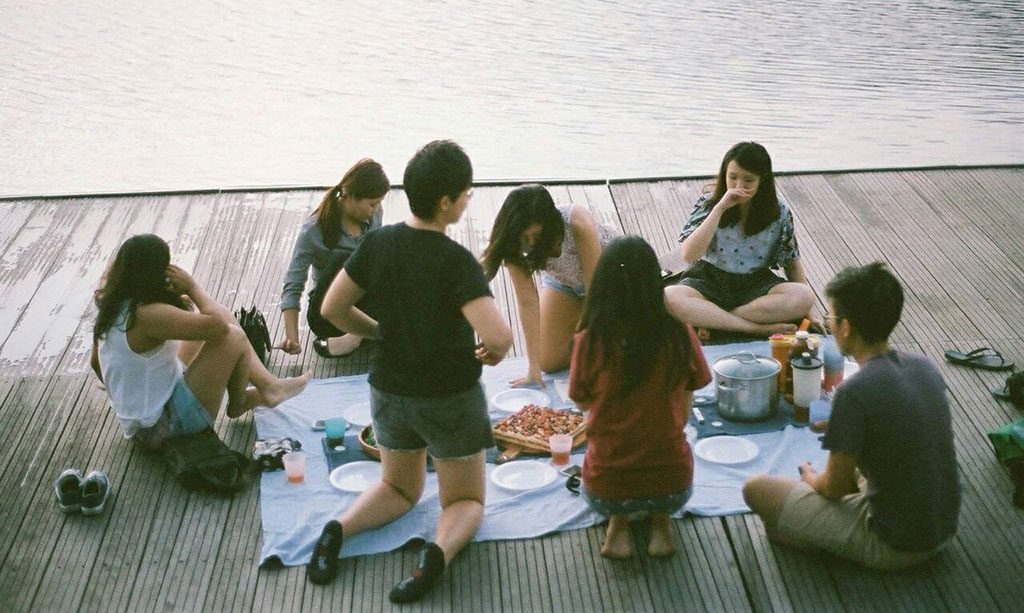
The YMI answer
For Rachel, what motivates her to do this is “being in the position to bless others” and to be used by God to touch the lives of others. “We really have no idea why people come and what they’re going through at that period of time,” she said. “We have hope in Christ, but what is their hope? It’s humbling to know that all of us on earth are looking for a similar hope, and people who have yet to know Christ are looking for something. The most we can do is pray that we can be used to be a blessing in their lives. If it has changed their perspective or opened their minds or hearts in some way, that’s our hope.”
For Wex, it is the realization that it isn’t just Christians who “do good”—and that both Christians and non-Christians have much to learn from each other. “Sometimes we as Christians can assume that we know everything and have an ‘us-and-them’ mentality about people outside the faith,” he said. “But Hygge has proven to us time and again that as fellow created beings, we aren’t that different in wanting the best for society.
“It isn’t just a one-way monologue where we expound our Christian outlook on life, but a coming together to grapple with universally human issues that lead to a transformation of both parties (and) where all of our perspectives are expanded,” he said.
But for Pam, the motivation is more personal. She recounted one incident where she witnessed a lady busking while people walked right on by. Although Pam stopped to give some money to that lady, at that moment, she felt that what the lady needed wasn’t money, but “someone to talk to”.
“Money can get you so many things, but you can’t buy or beg for connection. And that’s why community is so precious, and a very personal reason why I wanted to do Hygge—to offer that kind of space, and a personal or familiar connection that people may not be able to find elsewhere.”
As Christians, they also value the importance of listening to what others have to say, and of building a sense of community—one conversation, one connection at a time. “The emphasis of every Hygge is to listen more than to speak. That’s something they find very rare—a lot of them find it very shocking that people want to listen to what they have to say,” Pam said.
“We come away from the experience a lot more humbled by the diverse people we meet. Many times, we meet people who would not ordinarily fit into church. But they’re good people and their priorities are exactly the same—advancing the common good, using their talents and gifts to bless other people. It’s something very exciting for us as Christians, and it spurs us on to look at where we’ve been placed and what we’ve been given, and to use these well.”

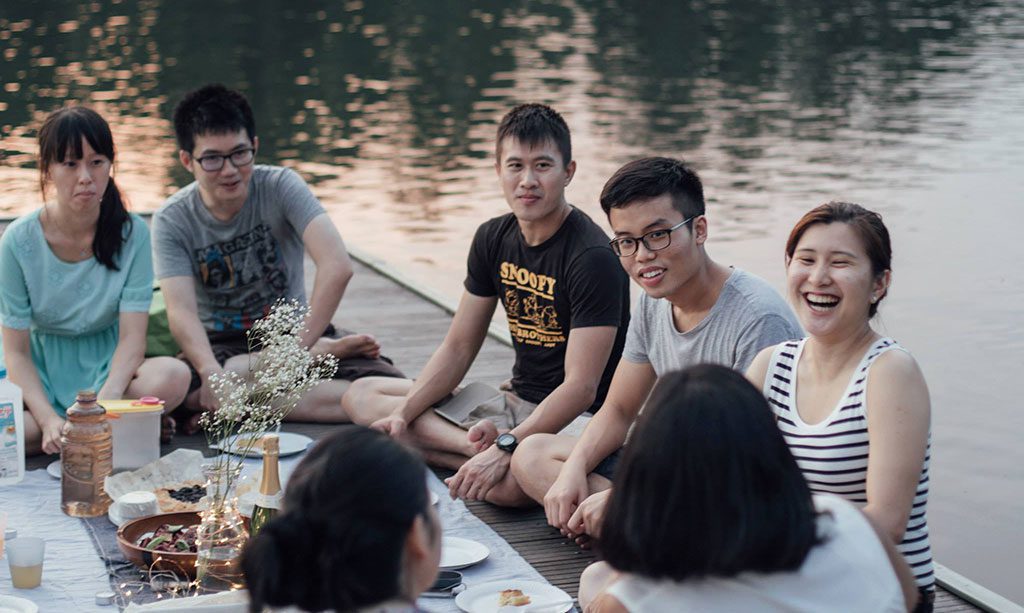
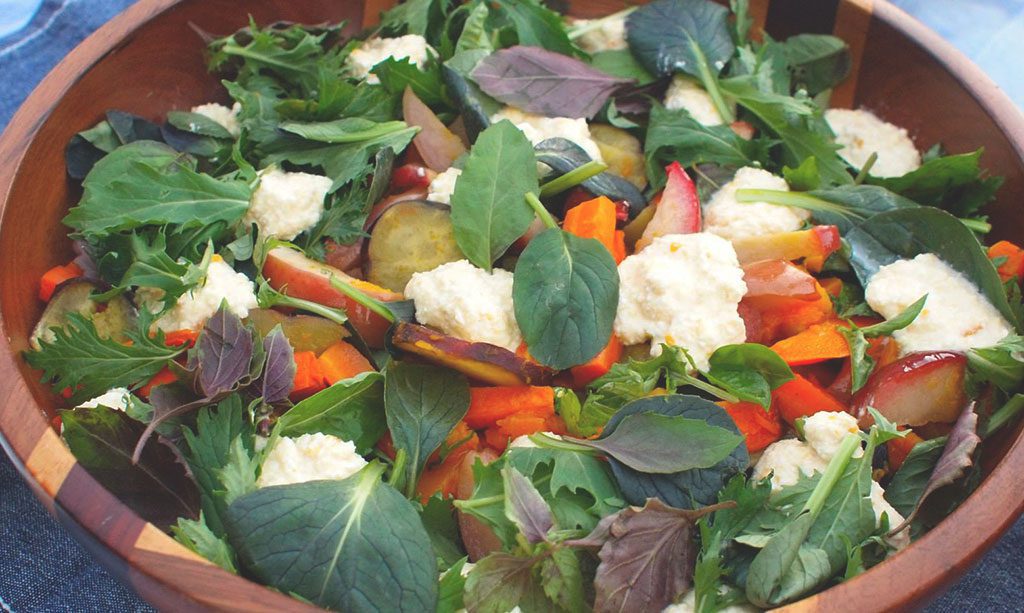
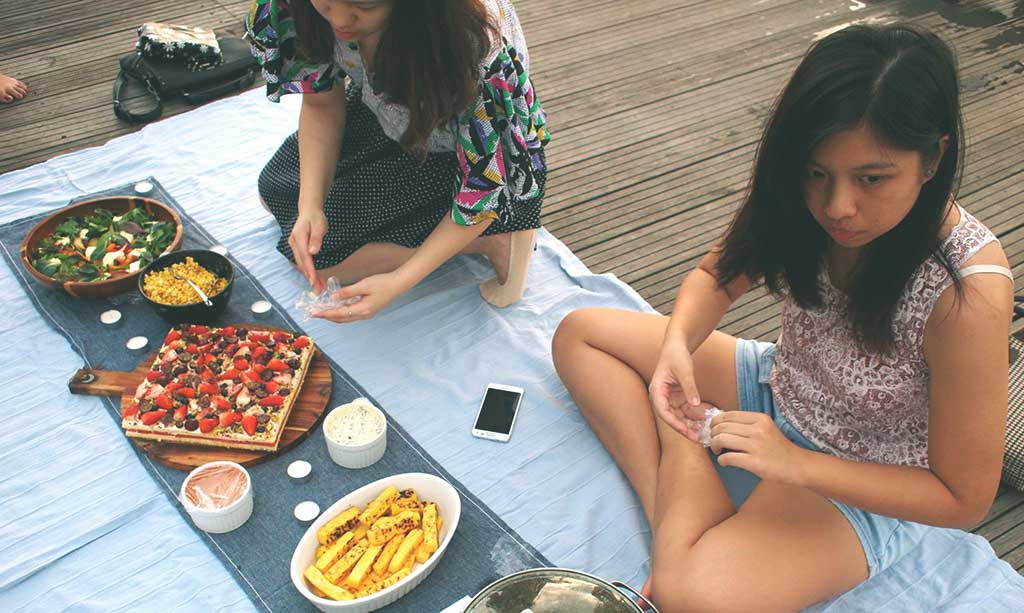








The bible tells us that we should not look out for our own best interest but for the interest of others as well ….
The same bible tells us that the primal church often met in houses sharing meals and having sweet communion with the saints ….
The reason why the early church often met was as a result of the last meal they shared with Jesus before he underwent his persecution on the cross what we have come to call the passion of the Christ !!!!
They took care of the needy the down trodden the outcast the forgotten and the early church leaders allowed their congregation to do so by selling their property and bringing the proceeds to the temple where the money was funnelled to social use by the saints !!!!
The bible also tells us to go out of our way to entertain strangers as those who have done so have unknowingly entertained angels …..
Paul tells us to fun into flame our desire to serve the Lord as did young Timothy Titus Philemon and Jude all of who received training in ministry from the older master Paul !!!!
Jesus received strangers all who went away healed of whatever malady they had suffered from …
Paul went after the saints for leaving the Jewish faith in order to follow Christ ….
One day he was on his way to Damascus to bring the saints back in chains buy lil did he know he would meet a Christ he was persecuting and loose his ability to see when he fell down of his mount only to receive it three days after fasting when one those who feared him called Ananias was led by God in a dream to seek out the upstart Saul ..
Ananias resisted the urge to seek Saul fearing what would happen if he went to him but the lord told him …. this man is my chosen instrument to carry my name before the Gentile and their kings and before the people of Israel !!!!